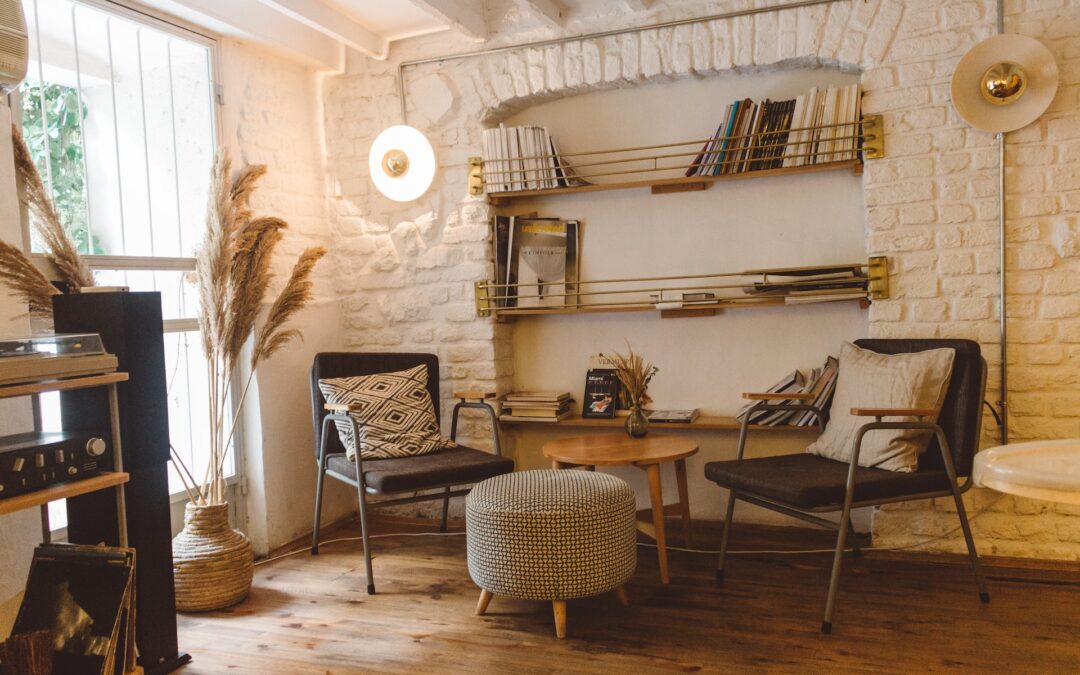Selecting a new floor for your home is a significant decision that requires careful consideration. The flooring you choose will not only impact the aesthetics of your space but also affect its comfort, durability, and functionality. In this article, we’ll explore some essential factors to consider when choosing a new floor for your home.
- Lifestyle and Foot Traffic:
One of the first considerations when selecting a new floor is your lifestyle and the level of foot traffic in your home. Different areas of your house experience varying degrees of activity, so it’s crucial to choose flooring materials that can withstand the wear and tear.
For high-traffic areas like entryways, hallways, and living rooms, durable flooring options like hardwood, luxury vinyl, or ceramic tiles are excellent choices. On the other hand, bedrooms and guestrooms may benefit from softer and more comfortable flooring materials such as carpet or cork.
- Material and Maintenance:
The material of your chosen flooring directly affects its maintenance requirements. Some flooring options, like natural hardwood or stone, may require regular refinishing or sealing to maintain their appearance and integrity. Others, like laminate or vinyl, are more resistant to scratches and stains and require less maintenance.
Consider how much time and effort you’re willing to invest in maintaining your floors. If you prefer low-maintenance options, go for materials that are easy to clean and don’t require frequent refinishing or sealing.
- Climate and Environmental Factors:
Your home’s location and climate play a significant role in the performance of your flooring. In humid environments, certain flooring materials, like solid hardwood, may be prone to swelling and warping. On the other hand, in colder regions, materials like tile or stone can feel uncomfortably cold underfoot.
Additionally, consider factors like sunlight exposure and the presence of pets or young children. Some flooring materials may fade or show wear more quickly in areas with intense sunlight, while others may be more resistant to scratches and stains caused by pets or kids.
- Aesthetics and Interior Design:
The appearance of your flooring should complement your overall interior design and personal style. Flooring comes in a wide variety of colors, patterns, and textures, allowing you to create the desired ambiance for each room.
Consider the color scheme, furniture, and decor in your home when choosing flooring materials. For a timeless and versatile look, neutral flooring options like light wood, gray-toned tiles, or classic carpets can work well in many interior design styles.
- Budget and Long-Term Value:
Setting a budget for your flooring project is essential to ensure you make a financially sound decision. Flooring materials vary widely in price, and additional costs like installation, underlayment, and subfloor preparation should also be factored into your budget.
While it’s tempting to opt for the cheapest flooring option, remember to consider the long-term value. Some lower-cost materials may have higher maintenance or replacement expenses over time, making them less cost-effective in the long run. Strive to find a balance between quality, durability, and your budget to make a wise investment.
- Eco-Friendly Flooring Options:
If environmental sustainability is a priority for you, consider eco-friendly flooring options. Sustainable materials like bamboo, cork, or reclaimed hardwood are excellent choices that minimize the impact on the environment.
Additionally, look for flooring materials with eco-certifications, such as Forest Stewardship Council (FSC) or FloorScore, which ensure that the product meets strict environmental and health standards.
Choosing a new floor for your home involves careful consideration of various factors. Keep in mind your lifestyle and foot traffic patterns, the material and maintenance requirements, the climate and environmental factors, the aesthetics and interior design, as well as your budget and the long-term value of your investment. By weighing these considerations, you can make an informed decision and select a flooring option that enhances the beauty, comfort, and functionality of your home.

